I wonder… What made you fall in love with science fiction and fantasy?
As a child, I loved fairy tales and myths. When I got older, the worlds of Frank Herbert, Isaac Asimov, and Anne McCaffrey swept me away, surprising and astounding me with new ideas. Their worlds opened my mind to endless possibilities.
Worlds full of… WONDER.
Wonder: rapt attention or astonishment at something awesomely
mysterious or new to one’s experience.
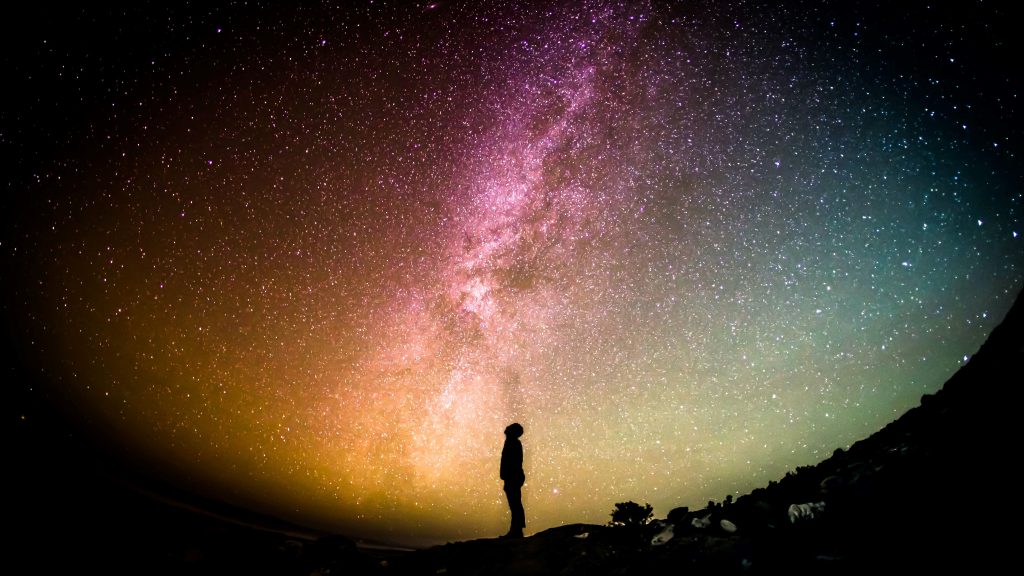
David Farland, mentor for dozens of internationally successful writers including Brandon Sanderson and Stephanie Meyer, lectured on the importance of writing wonder into our stories, and often. He pointed out that JK Rowling introduced something wondrous in her Harry Potter series every three to five pages. When I needed some comfort-viewing, I rewatched the first few movies and it was true. Something wondrous happened every few minutes, immersing me deeper and deeper into her world of impossibility.
This is what our readers crave—to be transported.
The challenge lies in how to share the wonder present inside our minds with our readers. Don’t hold out on them. My tendency is to reveal little bits at a time, teasing the reader and saving the big reveal until later in the story. But if I wait too long to set the hook, I risk losing them altogether. Remember, they have chosen your sci-fi or fantasy tome because they want, no they expect to be fascinated. Don’t be coy.
Another point David Farland makes is that once the audience has been exposed to something new and wondrous, the author will need to provide a new magical experience. The next time they see it, they will not be struck with wonder, but filled with nostalgia. you must keep tapping into what makes them wonder, but with new experiences.
If you write science fiction or fantasy, it’s not because it’s easy. You love your genre, and you are compelled to share the worlds inside you. But after months or years of worldbuilding it’s easy to forget that not everyone knows the suns create seven seasons, or the cannibalistic flora are the sentient beings of their planet, and we assume that our readers will grasp the diabolical intent of a mental contract.
Build a world filled with wonder.
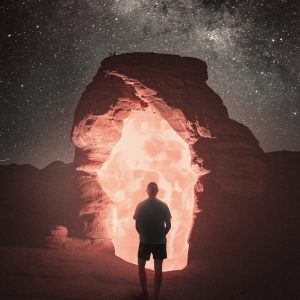
Then invite your reader in.
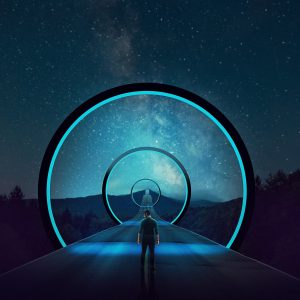
Star Trek promised new worlds and new civilizations—to boldly go where no one had gone before. Avatar’s world is full of wondrous creatures that don’t seem to move the story forward—it’s all part of the setting, right? But then these amazing creations show up powerfully, asserting their place in the narrative. Star Wars began with A New Hope, and while they were spinning that tale, introduced new robots, new powers, and new races. As much as we love to laugh at the cantina scene, we all remember it.
Look at your work.
Have you shown the wonder that you know exists in it? Pull back the curtain a little more and let your reader in on the special. It’s not spoiling—it’s deepening their experience.
Here is a link to one of David Farland’s seminars on Writing Wonder.
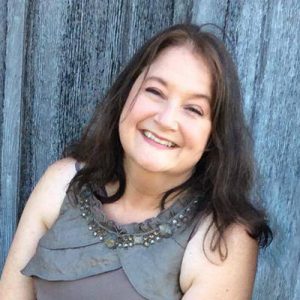
Sophia L Hansen is an author and editor with Havok Publishing and loves to write In Other Worlds. She’s lived on a tiny island in Alaska, the bustling cities of New York and Boston, raised kids in Tennessee, and now resides just outside Birmingham, AL. After 30+ years of marriage, seven children, and numerous pets, Sophia still fits into her high school earrings.
You can follow Sophia’s words and worlds at https://www.sophialhansen.com/, Facebook, and Instagram.

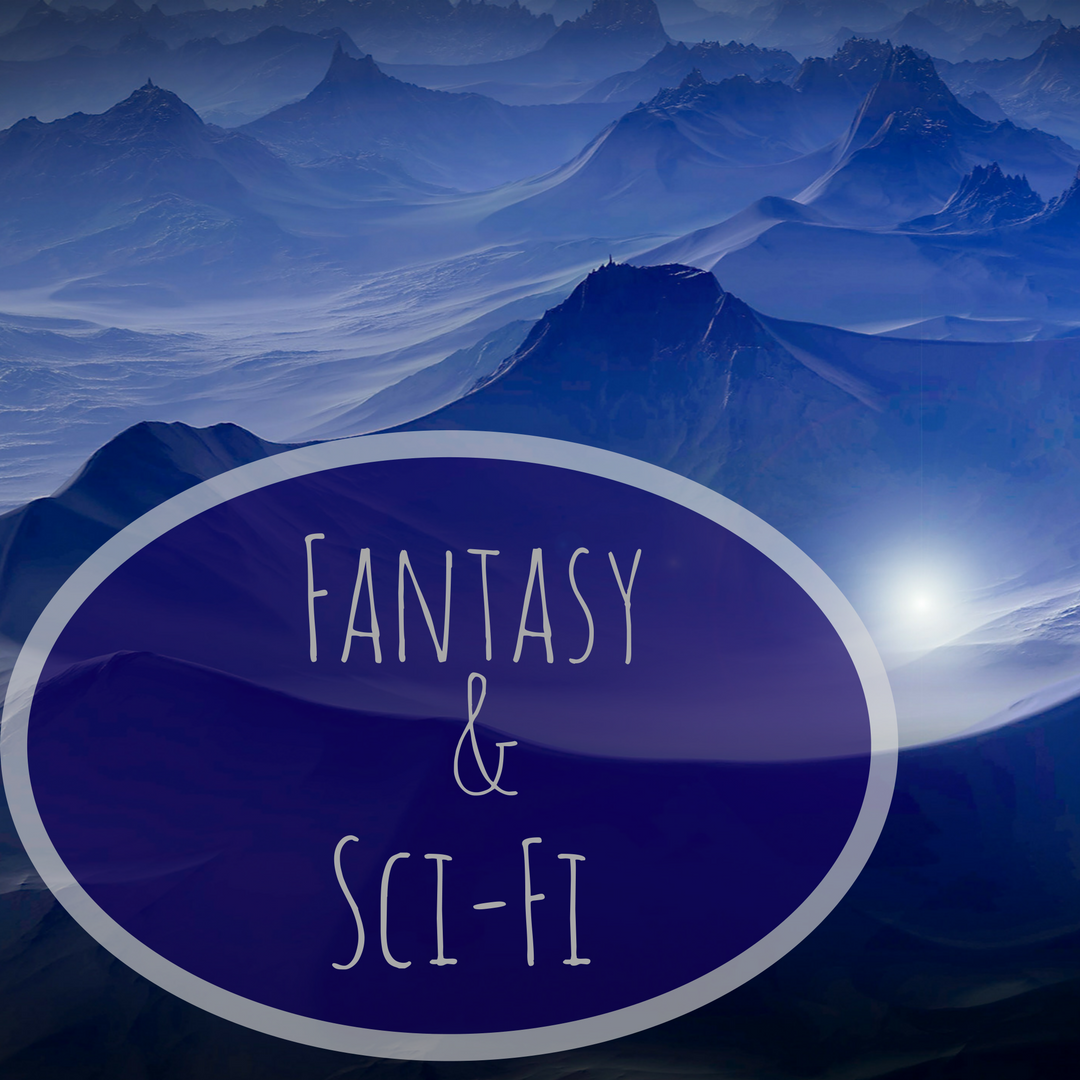
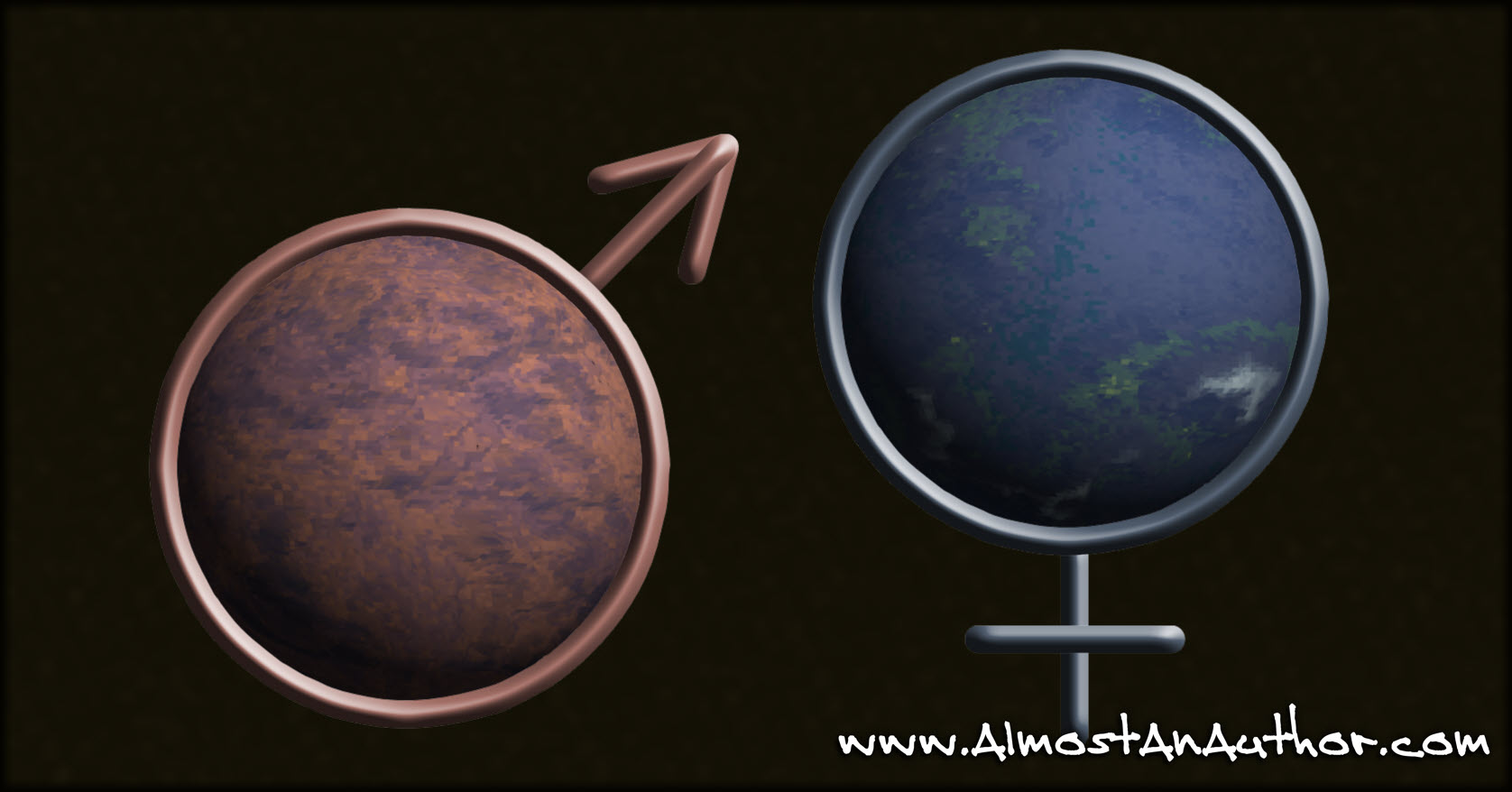


No Comments